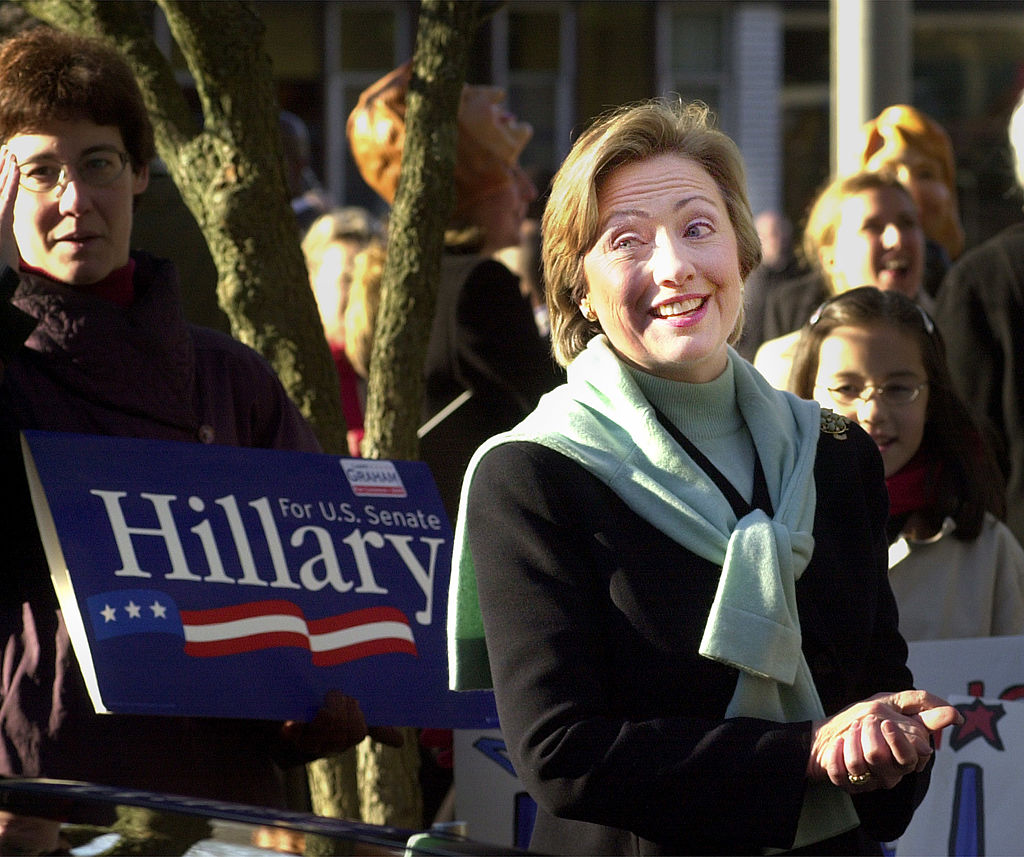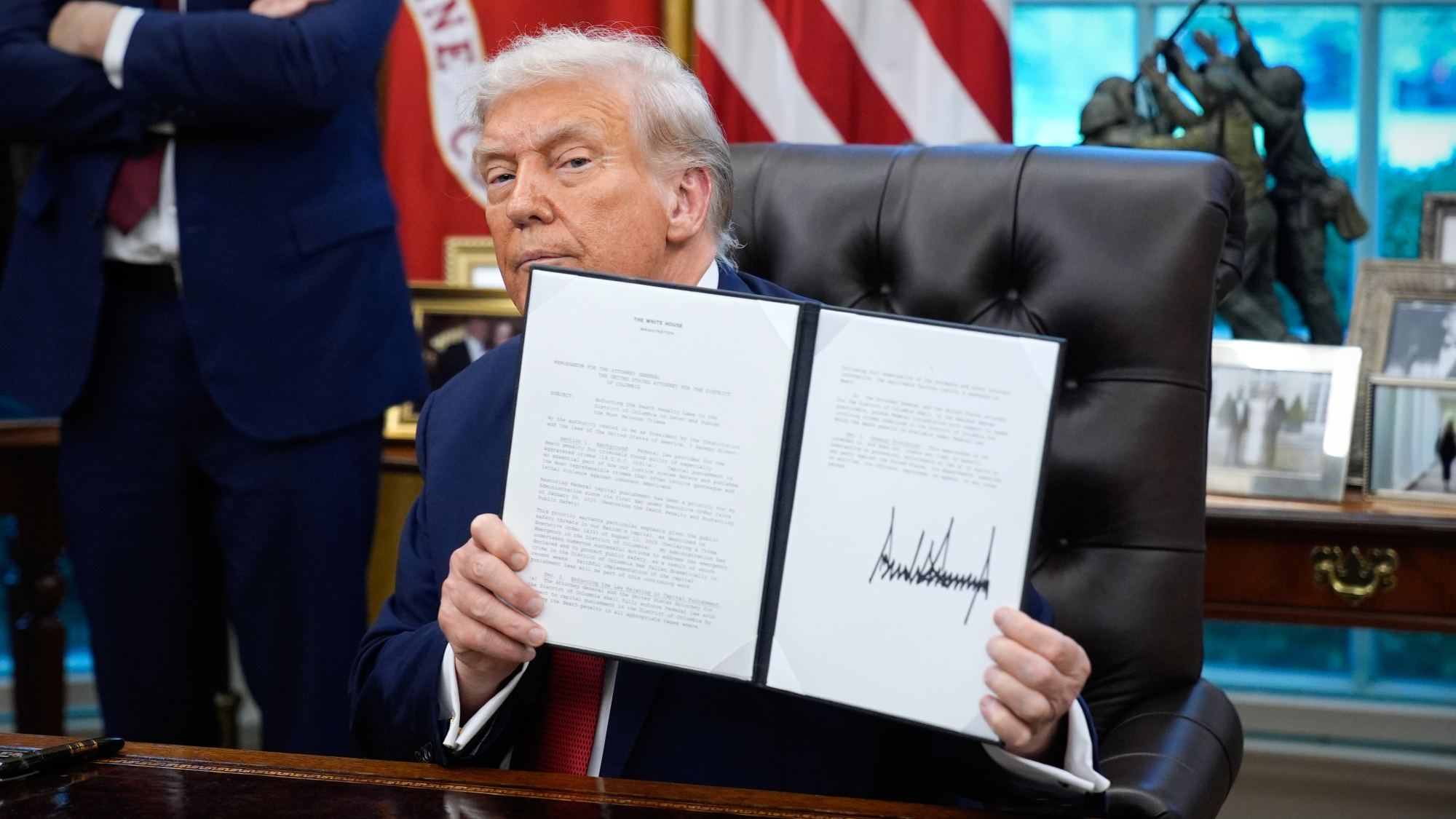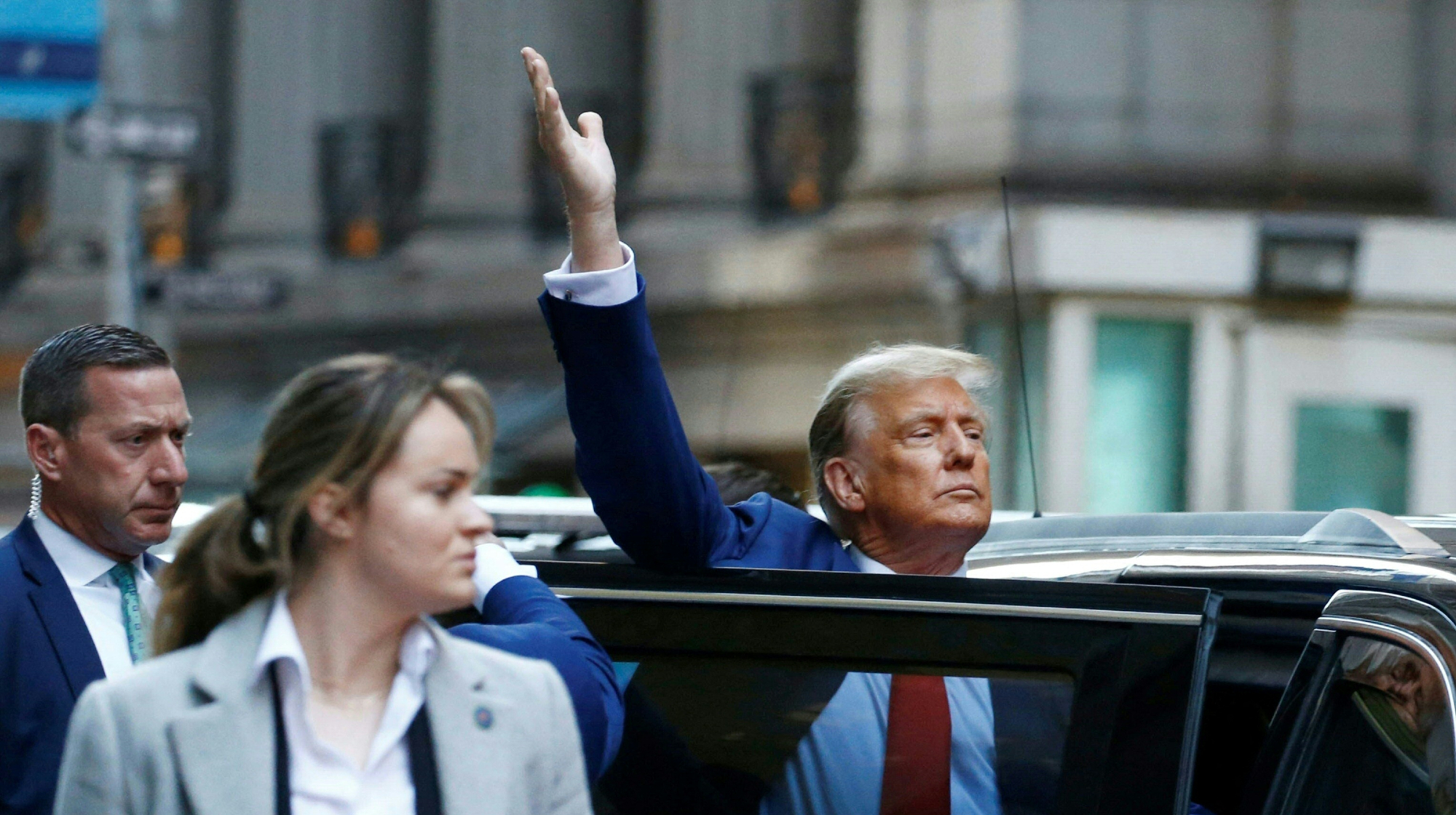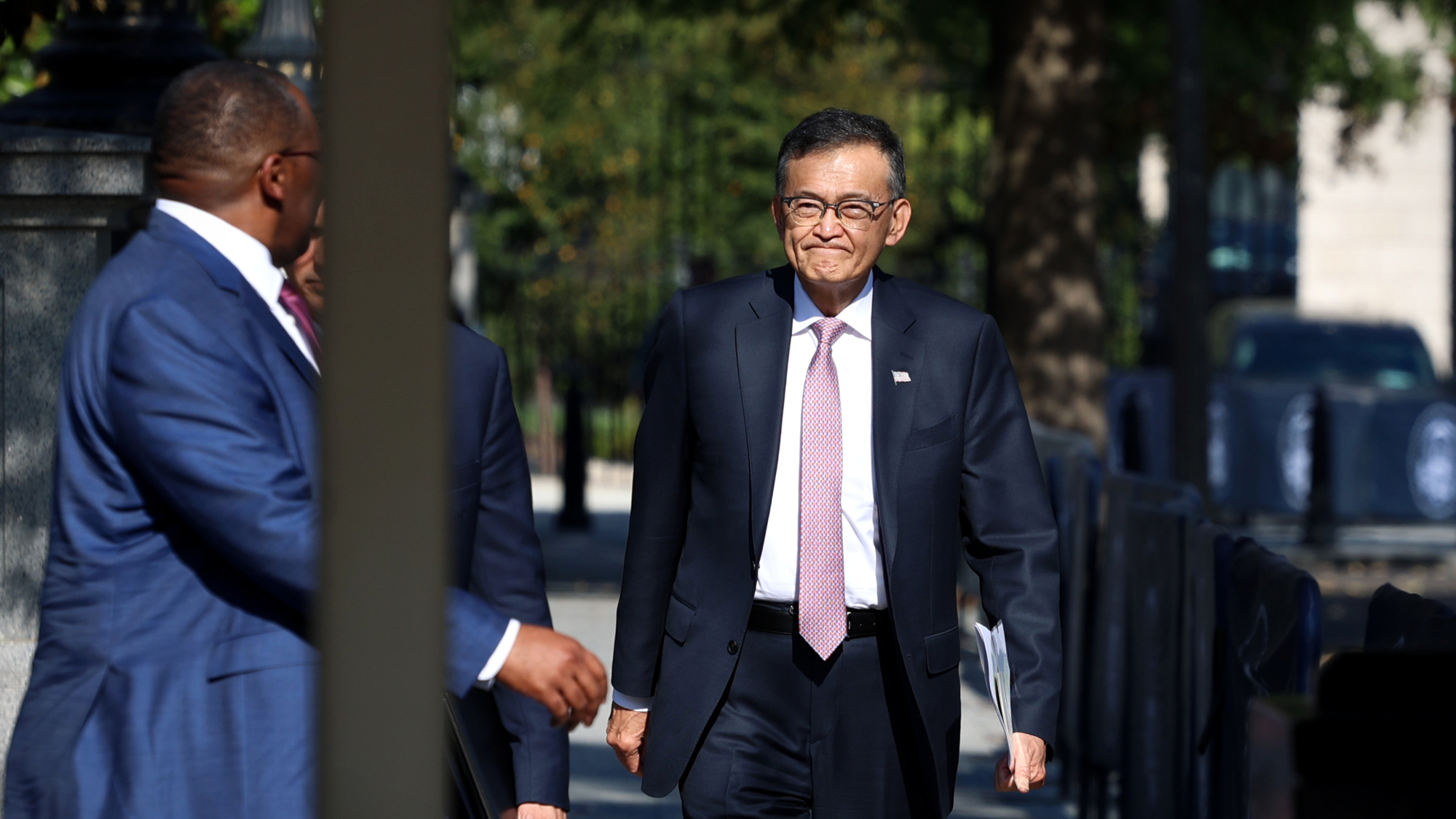Hillary Clinton did not deliver the 200,000 jobs she promised upstate New York


When Hillary Clinton ran for an open U.S. Senate seat in New York in 2000, she focused much of her campaign on economically challenged upstate New York, promising more than $500 million for the regional economy and, in an ad that ran right before her successful election, setting a goal of creating 200,000 upstate jobs. She is touting her experience as a job-creating senator in her presidential campaign, says Jerry Markon at The Washington Post, "but nearly eight years after Clinton's Senate exit, there is little evidence that her economic development programs had a substantial impact on upstate employment."
The Clinton campaign declined to estimate how many jobs Sen. Clinton helped create, but they did point Markon to a line from a New York Department of Labor chart showing "upstate New York" gaining 117,000 jobs from 2001 to 2007; The Washington Post "was unable to confirm that number," Markon writes, and the more widely used federal Bureau of Labor Statistics data show that upstate New York actually lost jobs during Clinton's first term (and gained just 0.2 percent during her entire tenure, from 2001 until she stepped down to become secretary of state in 2009).
"To her credit, she really did focus on economic development upstate as a focus and as a purpose," says David Shaffer, former president of the nonpartisan Public Policy Institute, which compiles New York jobs data. But her promise of 200,000 jobs was ill-advised, he told The Post: "As soon as I heard that, I thought, 'Okay, some D.C. consultant sat around with focus groups to figure out what would sound good. You wouldn't make a promise like that if you had seriously looked into it." You can read more about what Sen. Clinton did and didn't accomplish in New York at The Washington Post.
The Week
Escape your echo chamber. Get the facts behind the news, plus analysis from multiple perspectives.

Sign up for The Week's Free Newsletters
From our morning news briefing to a weekly Good News Newsletter, get the best of The Week delivered directly to your inbox.
From our morning news briefing to a weekly Good News Newsletter, get the best of The Week delivered directly to your inbox.
A free daily email with the biggest news stories of the day – and the best features from TheWeek.com
Peter has worked as a news and culture writer and editor at The Week since the site's launch in 2008. He covers politics, world affairs, religion and cultural currents. His journalism career began as a copy editor at a financial newswire and has included editorial positions at The New York Times Magazine, Facts on File, and Oregon State University.
-
 The Week’s big New Year’s Day quiz 2026
The Week’s big New Year’s Day quiz 2026Quiz of the Year How much do you remember about 2025’s headlines? Put yourself to the test with our bumper quiz of the year
-
 Is tanking ruining sports?
Is tanking ruining sports?Today's Big Question The NBA and the NFL want teams to compete to win. What happens if they decide not to?
-
 ‘Netflix needs to not just swallow HBO but also emulate it’
‘Netflix needs to not just swallow HBO but also emulate it’instant opinion Opinion, comment and editorials of the day
-
 TikTok secures deal to remain in US
TikTok secures deal to remain in USSpeed Read ByteDance will form a US version of the popular video-sharing platform
-
 Unemployment rate ticks up amid fall job losses
Unemployment rate ticks up amid fall job lossesSpeed Read Data released by the Commerce Department indicates ‘one of the weakest American labor markets in years’
-
 US mints final penny after 232-year run
US mints final penny after 232-year runSpeed Read Production of the one-cent coin has ended
-
 Warner Bros. explores sale amid Paramount bids
Warner Bros. explores sale amid Paramount bidsSpeed Read The media giant, home to HBO and DC Studios, has received interest from multiple buying parties
-
 Gold tops $4K per ounce, signaling financial unease
Gold tops $4K per ounce, signaling financial uneaseSpeed Read Investors are worried about President Donald Trump’s trade war
-
 Electronic Arts to go private in record $55B deal
Electronic Arts to go private in record $55B dealspeed read The video game giant is behind ‘The Sims’ and ‘Madden NFL’
-
 New York court tosses Trump's $500M fraud fine
New York court tosses Trump's $500M fraud fineSpeed Read A divided appeals court threw out a hefty penalty against President Trump for fraudulently inflating his wealth
-
 Trump said to seek government stake in Intel
Trump said to seek government stake in IntelSpeed Read The president and Intel CEO Lip-Bu Tan reportedly discussed the proposal at a recent meeting
